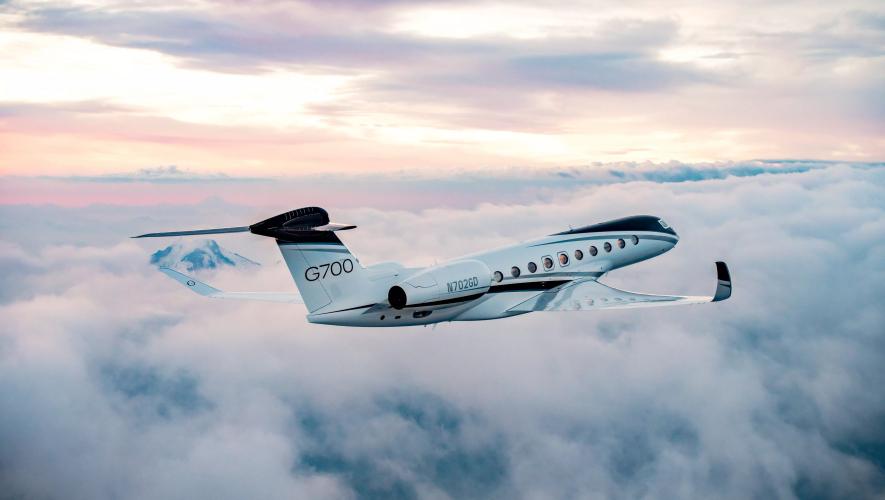The U.S. Air Force this month delivered the first four A-29 Super Tucano light attack turboprops to Afghanistan under the Light Air Support (LAS) program to bolster that country’s fighting capabilities. The U.S. service expects the A-29s will join the growing Afghan Air Force inventory this spring.
The Super Tucanos landed at Hamid Karzai International Airport outside Kabul on January 15, according to the USAF, which reported the deliveries four days later. Fitted with two wing-mounted .50 caliber machine guns and five hard points capable of carrying 1,500 kg (3,306 pounds) of rockets, bombs or missiles, the A-29 will provide close air support of Afghan forces in the fight against Taliban insurgents.
“This is a fighting aircraft which will destroy the centers of enemies in the country,” said Afghan Air Force public affairs officer Col. Bahadur, who the USAF quoted in its report.
Under the $427.5 million LAS contract the USAF awarded to Brazilian manufacturer Embraer and its U.S. partner, Sierra Nevada Corporation, in February 2013, the contractors will produce 20 Super Tucanos destined for Afghanistan. Embraer assembles the aircraft at a hangar facility at Jacksonville International Airport in Florida; the first American-assembled A-29 rolled out there on Sept. 25, 2014, and 12 had been delivered to the USAF as of November.
The first Super Tucano arrived at Moody Air Force Base, Ga., one day after the roll-out ceremony on Sept. 26, 2014. The 81st Fighter Squadron at Moody AFB has trained Afghan pilots and maintainers; graduating the first eight pilots and “a handful” of maintainers on December 17. The pilots are the first of 30 pilots who will be trained by the squadron over the next three years.
Instructors with the 81st Fighter Squadron will deploy to the Train, Advise, Assist Command (TAAC-Air) in Kabul to advise their Afghan counterparts “on continued development of close air support, aerial escort, armed overwatch and aerial interdiction,” missions, the USAF said.
“The A-29 program has been an integral part of the U.S. government’s overall ‘Building Partnership Capacity’ efforts around the world and immediately supports the development of an indigenous air force in Afghanistan,” said TAAC-Air commander Brig. Gen. Christopher Craige. “This rapidly developed program for Afghanistan is unique for the A-29 development because this is the first time U.S. Air Force pilots and maintainers have been trained as instructors to conduct training for Afghan students in the United States.”
The Super Tucanos supplement an Afghan Air Force fleet that consists of Russian Mi-35 attack and Mi-17 transport helicopters, C-130 cargo aircraft, Cessna C-208B turboprop utility aircraft and a growing number of MD 530F armed scout helicopters.
The USAF announced the delivery of the first six of 12 new MD 530Fs to Afghanistan last March; with the delivery of all 12, the Afghan air force operates 17 of the single-engine helicopters. Earlier this month, manufacturer MD Helicopters said it had received a follow-on contract to provide 12 additional helicopters.







